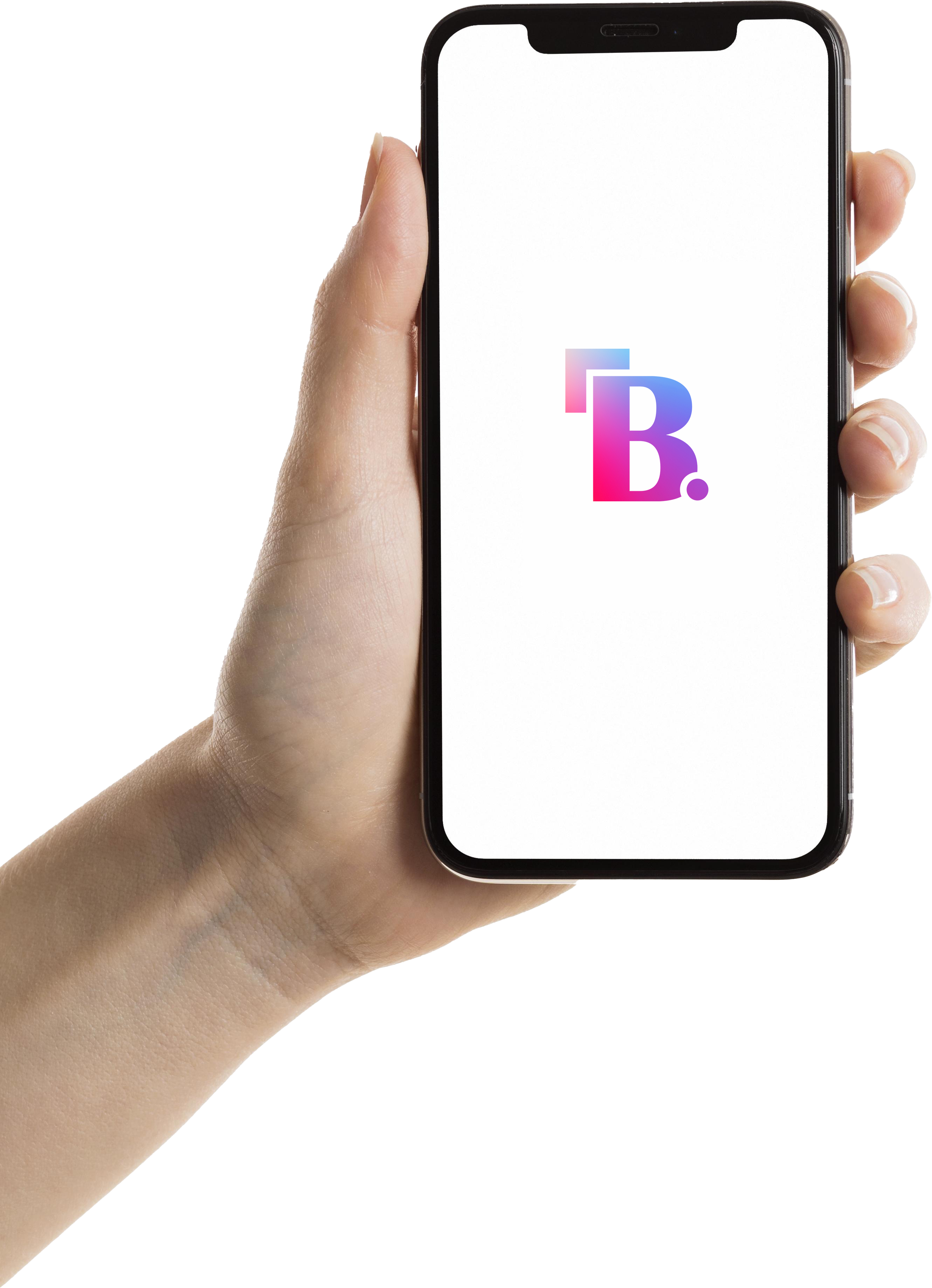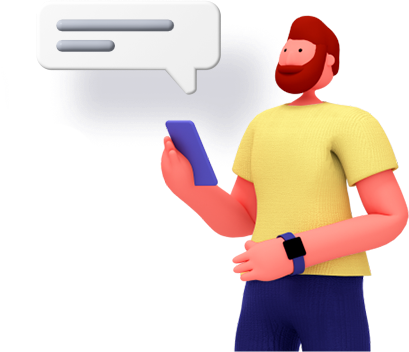IKEA Marketing Strategy: Simplicity Meets Smart Branding
IKEA, the world-famous furniture and home goods brand, has built its reputation by making stylish, functional, and affordable products accessible to millions of people. Its marketing strategy is a blend of customer-centricity, clever design, and a focus on creating experiences rather than just selling products. Let me explain IKEA’s approach to marketing in simple terms that anyone can understand.1. Selling Solutions, Not Just Products
IKEA doesn’t just sell furniture; it sells solutions for living. Whether you have a tiny studio apartment or a sprawling family home, IKEA has something to help you make your space more organized, beautiful, and functional. The brand knows that people are not just buying a bed or a chair—they’re buying comfort, convenience, and a better lifestyle.
How They Do This:
- Their marketing shows how products fit into real-life scenarios. For example, they’ll show a small apartment with smart storage solutions rather than just a plain closet.
- They appeal to emotions, showing how their products make life easier, like a multi-purpose couch for cozy family movie nights or a kitchen setup perfect for hosting friends.
2. Affordable Design for Everyone
One of IKEA’s strongest marketing messages is that good design doesn’t have to cost a fortune. They’ve mastered the art of creating sleek, modern furniture at prices that most people can afford. Their marketing consistently communicates this idea of "affordable luxury."
How They Do This:
- They emphasize their cost-saving methods, like flat-pack furniture that reduces production and shipping costs.
- Campaigns highlight how IKEA offers trendy and functional designs at prices far lower than boutique furniture stores.
This affordability, combined with the perception of quality, makes IKEA highly appealing to young people, families, and budget-conscious shoppers.
3. A Unique In-Store Experience
IKEA doesn’t just rely on ads to attract customers—it creates an experience. Walking into an IKEA store feels like entering a giant, curated home. They’ve designed their stores to take you on a journey, room by room, showcasing how their products work together.
How This Works as Marketing:
- The layout is carefully designed to inspire. Customers can see how a small dining table, matching chairs, and some clever lighting can transform a dull corner into a stylish dining space.
- Every part of the store is interactive—you can sit on couches, lie on beds, or test kitchen drawers. This hands-on experience makes people more likely to buy.
- The in-store café, famous for its Swedish meatballs and other treats, adds to the overall experience, making a trip to IKEA feel like an outing rather than just shopping.
4. Flat-Pack Furniture: The Game-Changer
Flat-pack furniture is one of IKEA’s biggest innovations. It allows customers to buy furniture in compact boxes and assemble it themselves at home. This isn’t just a cost-saving tactic—it’s also a brilliant marketing tool.
Why It Works:
- IKEA markets flat-pack furniture as a way to save money and feel accomplished. The message is, "You’re not just buying furniture; you’re building it."
- The process of assembling furniture creates a sense of ownership and pride in the product. Customers feel more connected to their purchase.
5. Sustainable Living as a Core Value
IKEA has been increasingly focusing on sustainability in its marketing. They understand that modern consumers care about the environment and want to make responsible choices.
How They Promote This:
- Many of their ads highlight sustainable materials, like bamboo, or showcase products made from recycled materials.
- Campaigns encourage eco-friendly living, like using LED lights or buying multipurpose furniture to reduce waste.
- They communicate their commitment to reducing their carbon footprint, such as investing in renewable energy for their factories and stores.
This focus on sustainability appeals to eco-conscious buyers, especially millennials and Gen Z.
6. Digital Marketing That Connects
IKEA has embraced digital marketing to connect with its tech-savvy audience. Their approach is creative, engaging, and focused on making it easier for customers to explore and shop.
Key Tactics:
- Augmented Reality (AR) Tools: IKEA’s app allows users to see how furniture will look in their homes using AR technology. This makes the buying process more interactive and fun.
- Social Media Presence: IKEA’s Instagram, Pinterest, and YouTube channels are filled with home décor inspiration, DIY ideas, and clever storage hacks.
- Interactive Catalogs: Their online catalogs don’t just show pictures—they include videos, styling tips, and links to shop directly.
By using technology, IKEA stays ahead of the competition and creates a seamless shopping experience for its customers.
7. Global Yet Local
IKEA is a global brand, but it takes a local approach to marketing. They understand that tastes, preferences, and needs vary across cultures, so they adapt their messaging and product offerings for different markets.
Examples of Localized Marketing:
- In India, they promote compact furniture and affordable products to cater to small homes and budget-conscious buyers.
- In Japan, they focus on space-saving solutions for tiny apartments.
- In Sweden, they highlight their Nordic roots and traditional designs.
This localization makes IKEA feel relevant and relatable to customers worldwide.
8. Clever Campaigns and Humor
IKEA’s marketing often uses humor and clever ideas to stand out. They know how to grab attention without being overly serious, making their ads memorable and shareable.
Examples:
- Small Space Campaigns: They’ve run ads showing how even the tiniest rooms can be transformed with IKEA furniture, using funny and relatable scenarios.
- DIY Themes: Some campaigns poke fun at the challenges of assembling flat-pack furniture while celebrating the rewarding feeling of finishing it.
- Pop Culture References: IKEA often jumps on trends and memes, creating ads that feel fresh and relevant.
This lighthearted tone helps the brand connect with younger audiences.
9. Loyalty Programs and Family Focus
IKEA’s loyalty program, IKEA Family, is a great example of how they nurture long-term relationships with customers. Members get exclusive discounts, early access to sales, and free coffee during visits, making them feel valued.
Why This Works:
- Loyalty programs encourage repeat visits and purchases.
- They create a sense of belonging—members feel like part of the IKEA "family."
Additionally, IKEA markets itself as a family-friendly brand, with products and services designed to make life easier for parents, kids, and households.
10. Timeless Design and Functionality
IKEA’s products are designed to be timeless yet functional. Their marketing highlights how their furniture can evolve with you—whether you’re a college student furnishing your dorm or a family upgrading your home.
How They Communicate This:
- Ads show how their furniture works in different life stages, like a foldable sofa bed for young adults or durable storage for growing families.
- They emphasize multifunctionality, like beds with built-in storage or desks that double as dining tables.
This approach positions IKEA as a brand that grows with its customers.
11. Seasonal and Event-Based Promotions
IKEA is smart about running campaigns around key events and seasons, like holidays, back-to-school shopping, or home improvement projects in spring.
Examples:
- During the holidays, they market affordable decorations and dining furniture to help customers prepare for gatherings.
- For students heading to college, they promote compact furniture and study setups.
These targeted campaigns keep IKEA top-of-mind throughout the year.
12. Word of Mouth and Viral Content
IKEA doesn’t rely on flashy ads alone—it also leverages word-of-mouth marketing. Customers who love IKEA often share their experiences, tips, and photos online, creating organic buzz.
How They Encourage This:
- Shareable content, like “IKEA Hacks,” where customers modify or combine products in creative ways.
- Encouraging customers to post their home transformations using IKEA furniture on social media.
This user-generated content acts as free marketing while building trust in the brand.
Conclusion
IKEA’s marketing strategy is a masterclass in understanding customer needs and creating solutions that feel accessible, functional, and aspirational. They focus on delivering experiences, not just products, and their ability to adapt to different markets and trends keeps them ahead of the game. By blending affordability, innovation, and clever branding, IKEA has built a loyal customer base that spans the globe. Whether it’s a student furnishing their first apartment or a family redesigning their home, IKEA is there to help—and their marketing ensures that everyone knows it.
Popular Posts

OM Redox - Your Oxygen Box
OM Redox Your Oxygen Box is a convenient, portable oxygen provider, ready to use at the touch of [...]

Best Website Development Technology
PHP is often regarded as one of the best technologies for website development due to its flexibil [...]

Bira 91 Markeing Strategy- First Craft Beer of India
Beer enthusiasts are well aware of the wide range of options available, whether they're at a bar [...]




